Pure Home and Body is your Inspiration for Natural Living, Your springboard to greening up your home and life and making the world a better place by the choices you make.
Yes, You have the potential to have positive impact on our environment, and you probably already are. You just might not realize how much. I consider it my responsibility to share what I know so you can make the best choices you can in any circumstance. That’s why you won’t find lists of toxins to avoid here (sometimes in a small non-threatening way 😉 ). There are plenty of sites for that, like www.EWG.org where you can look up just about any ingredient on your personal care products and learn about how safe(or toxic) they are.
Pure Home and Body is a place where you can find solutions to your toxic living problems and inspiration to choose purity cover convenience. You’ll be rewarded with peace of mind knowing you are supporting companies who are running businesses to preserve our natural resources, not trying to monopolize or destroy them, even if by ignorance. All that said, it can be overwhelming deciding what to choose, where to buy things and how to begin ( or continue) living more naturally. It’s my birthday today and to celebrate, I’ve put together a list of 15 natural resources every home should have. These go beyond the typical baking soda, vinegar & borax type lists which are important specifically to Green cleaning. If you want more inspiration of natural living elements, check out my birthday list from last year of 44 Things That Keep Me Vibrant & Healthy.
If you don’t know where to begin, start here. When you look at life from a perspective of natural resources the choices in green living become easier to make. Yes, budget often gets in the way, especially with natural resources. But this is where delayed gratification takes over. Our country is overspending, credit cards make it easy to get what we want, now. Take time to think about your purchases (or refusal to purchase) as opportunity to prioritize what’s really important to you. When you begin to trade out the plastic, disposable, man-made chemicals over time, you’ll feel better by default, you’ll be surrounded by less toxins and you’ll leave a smaller carbon footprint behind making the worlds a better place. You don’t have to do it all at once, in fact it’s often easier to go slower and really think about the change you are making so you don’t forget where you are going and why. It’ll keep you on track and you’ll make positive changes that last a lifetime and affect generations to come.
Disclaimer: I realize I may be ruffling a few feathers in the vegetarian/vegan communities by including some animal products in this list, but the reality is these are natural resources as long as they are harvested sustainably and managed with respect and care. There are many perspectives in natural living and at Pure Home and Body I see the proper use of natural resources a better choice than polluting our earth with the manufacturing of man-made materials to save the animals. I am an animal and nature lover and I believe it is our responsibility to care for the world that has been given to us in the best ways we can. Creating pollution by manufacturing chemicals for consumerism is just as harmful to animal’s habitats and livelihood.
15 Natural Resources for Every Home
- Air VOC’s are chemicals that go into the air from man-made products, paints, building materials and home furnishings. Pure air is essential to life, without it we can suffer from respiratory issues like asthma and chronic illness including migraines. How pure is your air? Start with making sure your furnace has a HEPA air filter and change it seasonally. Vacuum regularly to clean up toxic dust from chemicals that break off of furniture fibers and carpeting. Look at everything you put in your home from a perspective if air purity. Will it add to the VOC’s in your home like chemical air fresheners? Even products like fabric softeners, nail polishes, oven cleaners and microwave popcorn may contribute to poor indoor air quality. So, here’s a simple choice for preserving your indoor air quality: skip the microwave popcorn with toxic ingredients and materials like a PFOA-lined bag. Make your own with organic popcorn kernals, on the stovetop with coconut oil,sea salt and a stainless steel kettle. Simple choices.
- Water is a natural resource we all care about. How are you preserving it? Bottled water in plastic bottles supports the petroleum industry, in addition to creating more plastic than we need to dispose of or recycle (which creates more pollution). Some clothing fibers like Tencel create enormous amounts of water and air pollution in the manufacturing process. Chemical cleaners,antibiotics, prescription drugs, hormones from birth control pills are all making their way into our water supply when individuals dump them down the drain or excrete them in their urine. Nothing is without consequence. Look at everything you consume and see how it ends up in our water supply and you’ll be able to easily discern what you use in your home. Drink purified water, especially if you are hooked up to city water which typically holds many toxins of it’s own including heavy metals and chlorine. Check out the safety of your local city water and see how it ranks for toxicity.
- Glass is real. Yes it is heavier than plastic and it breaks. But so does plastic. Glass is recycleable and when done so, it becomes even more beautiful with bubbles and texture and character. Recycled plastic just creates more plastic, and pollution. Glass does not leach chemicals into your food. Replace plastic food containers, water bottles and serving plates and platters with real glass and you’ll leave a smaller footprint of plastic on the earth for all of us.

- Metal (stainless steel) is strong, durable and stands the test of time. The alternatives of aluminum leech these metals into our food & water, yuk. Teflon coatings also contaminate our foods and our air when they are heated. It’s really important to read product labels, especially water bottles since aluminum looks like stainless steel especially if it’s covered with a printed design. A general rule of thumb, but not always true is aluminum water bottles are often much lighter than stainless steel. Where else can you use real stainless steel? Don’t forget bakeware, cookie sheets, lasagna pans, muffin and cake pans that are often coated with non-stick finishes.
- Wood Real wood that is harvested sustainably is the purest for good indoor air quality. It’s fake counterparts: particle board, MDF,fake wood laminate all emit harmful chemicals into your indoor air quality. Yes, it requires specific care, but not anything unreasonable. Keep your wood furniture, floors and storage pieces dry and clean and they’ll last (almost) forever. I love wood toys for children. Some of the favorites of our kids we’ve had for over 15 years and they still have many years of life in them. No child, especially babies should be subjected to plastic toys with unknown paint finishes and chemical ingredients.
- Cotton is one of the most highly sprayed crops to protect it from pests. So, really organic cotton is best but I realize it’s not always readily available or accessible and it can be expensive. Next best would be second hand clothing made with cotton since most of the pesticides or finishes are long gone. Cotton breathes, absorbs gentle moisture and it’s real. Anything from plants is renewable and cotton can be recycled! It’s versatile in recycled fibers for clothing and also makes beautiful paper goods.
- Beeswax when harvested properly makes the purest option for candles and personal care products like DIY lotions. Yes, there are soy candles, but soy is also one of the most genetically engineered crop which can withstand Round-up spray, not an industry you want to support with your $$. Beeswax is renewable and supports farmers who are working to preserve bee colonies when traditional pesticide use is continuing to kill off large quantities of bees. Beeswax candles have a beautiful scent all on their own and don’t need added fragrance which would add to indoor air pollution. I’m surprised at how many “natural” candles are on the market with synthetic fragrance. If you ask any producer, no matter how “natural”, they will undoubtedly admit they are fragranced with special scents made just for soaps or candles. Chemicals. I found a local beekeeper who supplies my beeswax and I pour my own candles. All you need is an old saucepan and cotton wicks (make sure they don’t have lead wicks which pollute the air as you burn them). Warm it on a very low temperature or in a double boiler. Be creative and re-use old glass jars and containers. When they’ve burned down, put them in the oven on a low temperature to melt and re-use the small remainders.

- Hemp is similar to linen, but it has natural anti-microbial characteristics making it ideal for outdoor furniture and cushions or where there is high humidity. Hemp fibers soften with age and are often combined with cotton or silk to smooth out the finish. Like linen, the fibers soften beautifully over time and are less likely to have harsh chemicals and fabric finishes than linen. It comes in many textures, thicknesses and weaves. Hemp would be an excellent fiber for furniture covers, upholstery and pillows. I’m currently covering some chaise lounge cushions in a beautiful Hemp/Cotton twill with a Pottery Barn look but for a fraction of the cost.
- Wool does come from animals, but it is a renewable resource. The virtues of wool make it an excellent fiber for athletic and outdoor clothing since it wicks away moisture, keeps you cool in hot weather and warm in the winter. My husband wears wool shirts for running and after 17 miles of soaking wet sweat he doesn’t stink a bit :). I am amazed everytime I see it happen, but since wool is naturally antibacterial it never smells. It’s also a natural flame retardant making it an excellent fiber for bedding and mattresses.
- Bamboo is also naturally antibacterial. It is excellent as a wood replacement since it matures much quicker than typical hardwood trees. Bamboo is versatile and it’s uses range from durable flooring to the softest clothing, towels and bedding. It’s only downfall is it’s somewhat short fiber length making it prone to pilling.
- Silk is strong, beautiful and soft. Look for pea silk that has been harvested sustainably so the silkworm cocoons are not killed during the boiling process to remove sticky residue and separate silk fibers. Many silk farms started in family cultures centered on the silkworm production where the silk is harvested after the butterflies have left the cocoons. There is some thought that silk production is tied with the slave industry so make sure your silks are fair trade as well and dyed with low-impact colors.
- Stone is strong, durable and lasts forever. If you use stone in or on your home, make sure it isn’t engineered with synthetics. Stone floors are more durable than wood and may not require as much care. The downside of stone is things often break if dropped on stone. Ceramic tile is similar to stone, but somewhat engineered, but a better choice for bathrooms than vinyl bath or shower enclosures. Something simple like a stone mortar and pestle is beautiful for crushing spices.
- Leather softens over time, it’s durable and sustainable when harvested properly. Many leathers are finished with harmful chemicals and dyes and require more toxins to refinsh or maintain. If you use leather, choose items that are dyed naturally and can age gracefully without needing more chemicals to retain a shiny or colored surface. Of course, leathers in their natural color have the lowest impact. Think of Davey Crocket in a buckskin jacket. Sorry PETA~I’m assuming animals have been treated ethically in this process. The vegan, plastic leathers just don’t seem a viable option. They stretch out of shape making them impractical for shoes and most are made from petrochemicals which pollute our water and airways in the process. Every choice we make comes with a consequence and I can’t see adding more man-engineered chemicals to our closets.
- Essential Oils are the foundation of a pure home. They are the icing on the cake. You can think of Natural Living as Abundance (the beautiful choices before you) or Scarcity (what you can’t have). Essential oils are the abundance in Natural Living. They add natural fragrance to your home, help you eliminate toxic chemicals and may help you stay healthy since they support a strong immune system (the FDA has not evaluated these statements and I’m not diagnosing, treating or curing any disease). Every home should have pure, therapeutic grade essential oils (that are tested, verified and at the very least labeled as a food-grade supplement, not as a food flavoring).
- Real plants & Herbs are our natural resources. Many of the previous items came from plant material. When you put real plants in and around your home, the air will be purer, your spirit will be lighter and your conscience clearer knowing you are making the world a better place by the choices you make no matter how small. Purchase plants from local, organic farmers or start small and grow some of your own plants from seeds. It doesn’t have to be complicated. Start some non-GMO herb seeds in a cardboard egg carton or reusable clay pot or grow some seeds sprouting in a glass mason jar. When you watch something sprout to life from a tiny seed, whether a plant or a little child, the process is nothing short of miraculous and you can’t help but want to do all you can to make the world a better place for this.
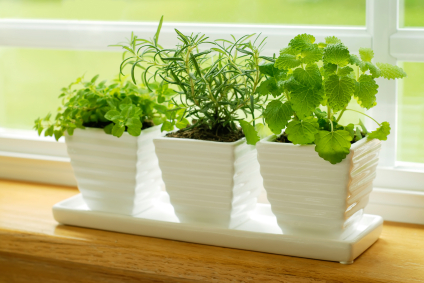
Is there anything on your natural resources list that I haven’t put here? I’d love to hear what you use in your home.
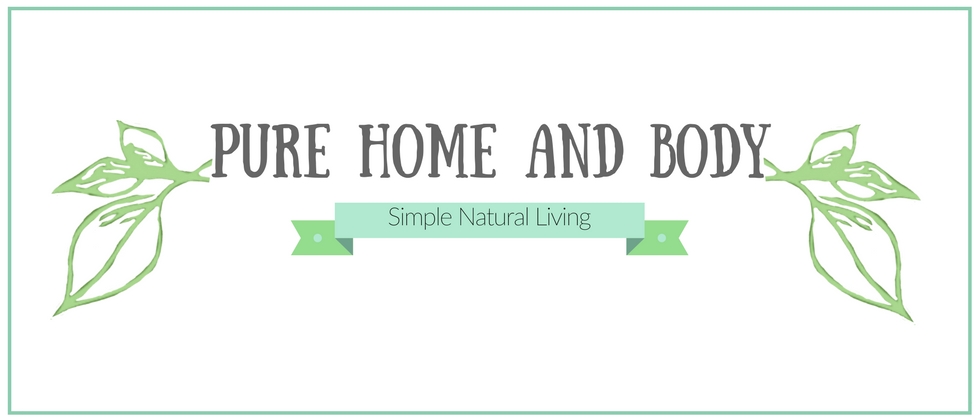








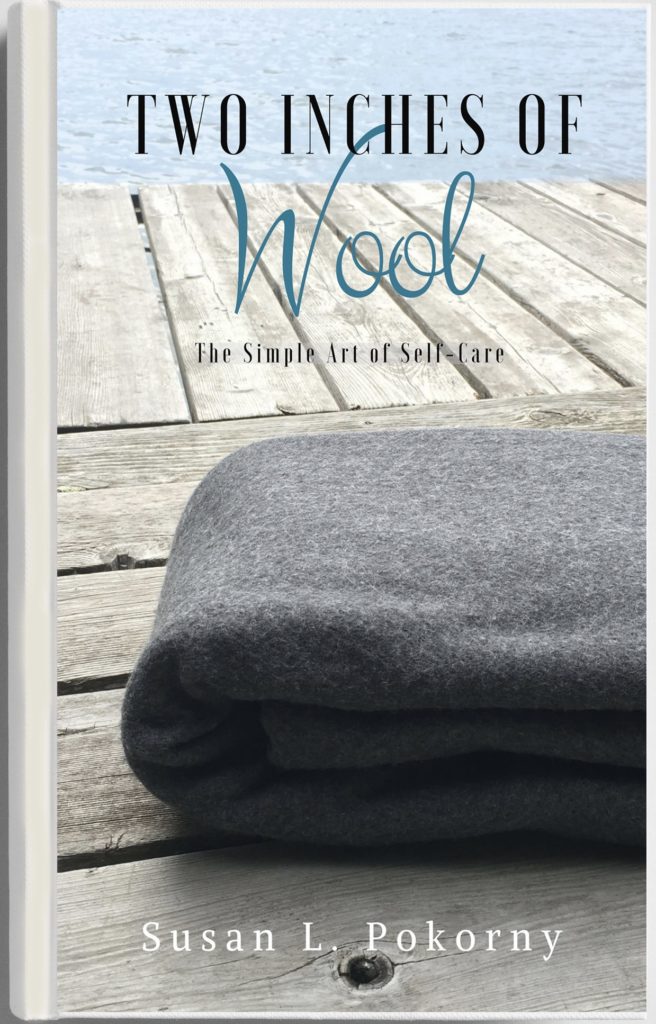

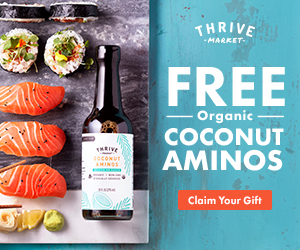

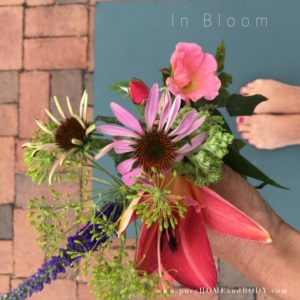
I love all of these things on this list. 🙂 I like the idea of making candles. I just haven’t had any in a long time; that is mostly because of the lead wicks and our pet parrots. I’ll have to see if I can get some beeswax.
The candles are really pure if you use cotton wicks. You could probably find some local beeswax if you checked with a nearby health food store or even ask at a farmer’s market. They’re pretty even if you don’t burn them 🙂